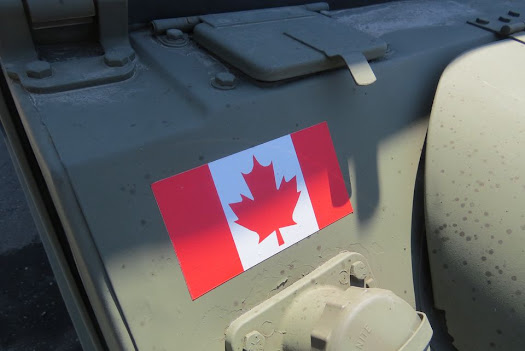Canadian Liberals have long celebrated this country’s history of “peacekeeping” as one characterized by upholding a benign and humane alternative to war. But in reality, the difference between war and “peacekeeping” is hazy.
During the 2015 federal election, Prime Minister Justin Trudeau promised to recommit Canada to “peacekeeping” and to make this country a “compassionate and constructive voice in the world.”
In response, various media outlets eagerly recalled the history of Canada’s post-war peacekeeping operations as one of “relatively benign observer missions” marked by consent, impartiality and minimum use of force.
But, since 2016, the Trudeau Liberals have committed to expanding Canada’s use of force abroad. The government’s 2017 white paper, titled “Strong, Secure, Engaged,” pledged to build a military capable of boosting “combat” and “peacekeeping” forces alike.
To this end, the 2022 budget proposed to bolster the Canadian army’s “hard power” and “readiness to fight.”
This combative rhetoric reflects much of the real history of Canadian “peacekeeping.”
In 2016, David J. Bercuson, a former member of the Ministry of National Defence’s Monitoring Committee, told the Senate that distinguishing between “peacekeeping” and open combat largely reflected the "endless pursuit of enlarging small differences.”
Canada’s peacekeeping efforts, he said, were “done to serve the interests of NATO, and not because we were placing our military at the service of humankind.” Overall he argued, these operations were mostly “aimed at waging war” against geo-political adversaries and their allies. (more...)
The Bloody History of Canadian ‘Peacekeeping’

No comments:
Post a Comment